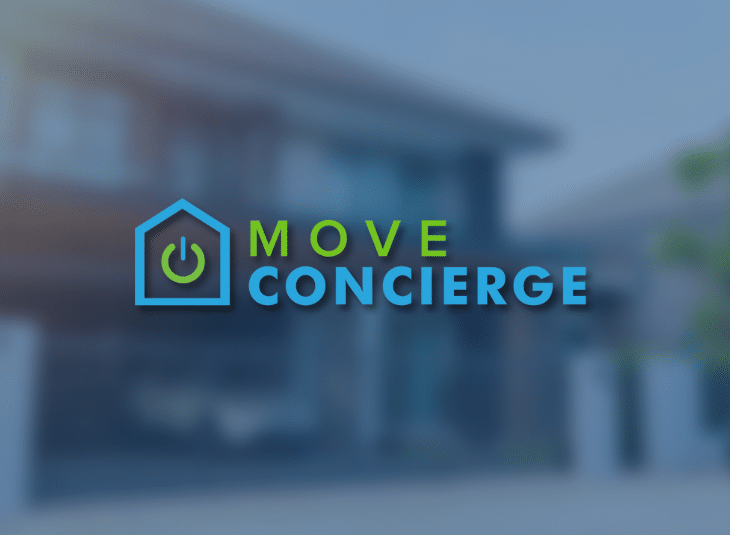When our clients move to a new home, the overwhelming majority seek to set up one thing first: TV and internet. But simply calling your old provider and switching over your service is often not the best or most cost-effective option. How much were you paying for your old package, and is it the best deal available? Move Concierge’s product expert, Paul Lambert, answers the most common questions new movers have when setting up their TV and internet.
Q: I’ve always assumed that selecting a provider that could give me both TV and internet would get me the best deal. Is that really the case?
Bundling TV and internet isn't always the best option. While it may seem convenient, stand-alone TV services like YouTube TV or DIRECTV often offer better value. Currently, those two providers are the most popular, but there are other options worth considering. Spectrum offers a unique $10 package for national channels with a two-year price lock. While Xfinity has stripped-down packages with limited channels for $10-15, that often exclude popular networks like Discovery, History, and national news.
The most important thing to note is what’s easiest isn’t always best. It may be more convenient to bundle your TV and internet, but most of the time, it’s not the best choice from a price or package standpoint.
Q: What’s the biggest factor someone should consider when selecting a provider?
It really comes down to which channels you want. For cable TV, basic packages typically cost between $50 and $75 per month. Xfinity offers some solid packages, but they may not include all the channels you are looking for.
Sports fans should note that sports packages can range from $110 to $ 140. Premium packages with full channel lineups can cost up to $160 per month. Adding premium channels like HBO, Cinemax, Starz, and Showtime can push costs up to $190 monthly.
Q: What about internet providers? If you’re not bundling with TV, what do people need to know about stand-alone internet options?
Fiber internet is the future of internet. It’s the best option for most people because of its speed and reliability.
While 5G internet is less expensive, around $30 per month when bundled with cellular service, it's not reliable or fast enough for people working from home or families with kids using the network for school or gaming. For most homes, especially those with multiple devices, smart home setups, or security cameras, one-gigabit speeds are the way to go.
One-gigabit internet typically starts around $70 per month, though some providers, like Frontier, offer it for $50 as a permanent price. Rates vary significantly, as some providers charge $70, while others go up to $130 for the same speed.
Q: Are hidden fees something that consumers should watch out for?
Yes, hidden fees are very common. Many companies don't disclose them until the final checkout page, when most people just continue on despite the higher price.
For example, DIRECTV charges a regional sports fee that varies by region. Their website lists $8 with an asterisk, noting it may be higher, but for about 85% of the country it's actually $18.
At Move Concierge, when we present quotes to customers, we include all hidden fees – everything that would normally be buried in an asterisk – so people know exactly what they’ll be paying and can compare providers fairly.
One good thing is that most companies now use a self-installation process, something that became standard during COVID. This cuts installation costs from around $150 for an in-home visit to about $30 for shipping equipment. Self-installation is generally straightforward, involving scanning a QR code, creating an account, and connecting a few cords.
If customers can’t complete the setup, providers will often charge extra for technician assistance. That said, most providers do everything they can over the phone first, as sending a technician is costly for them.
Q: Anything else people should know?
Every internet and TV company raises their prices eventually, so don’t be afraid to re-shop your services every two to three years. Switching providers allows you to take advantage of new customer pricing, which often results in a better deal.
Moving is the perfect time to reset accounts rather than transferring an existing service. While switching providers may be a temporary inconvenience, the savings will add up - sometimes as much as $300 a year. For many people, it's absolutely worth it.







